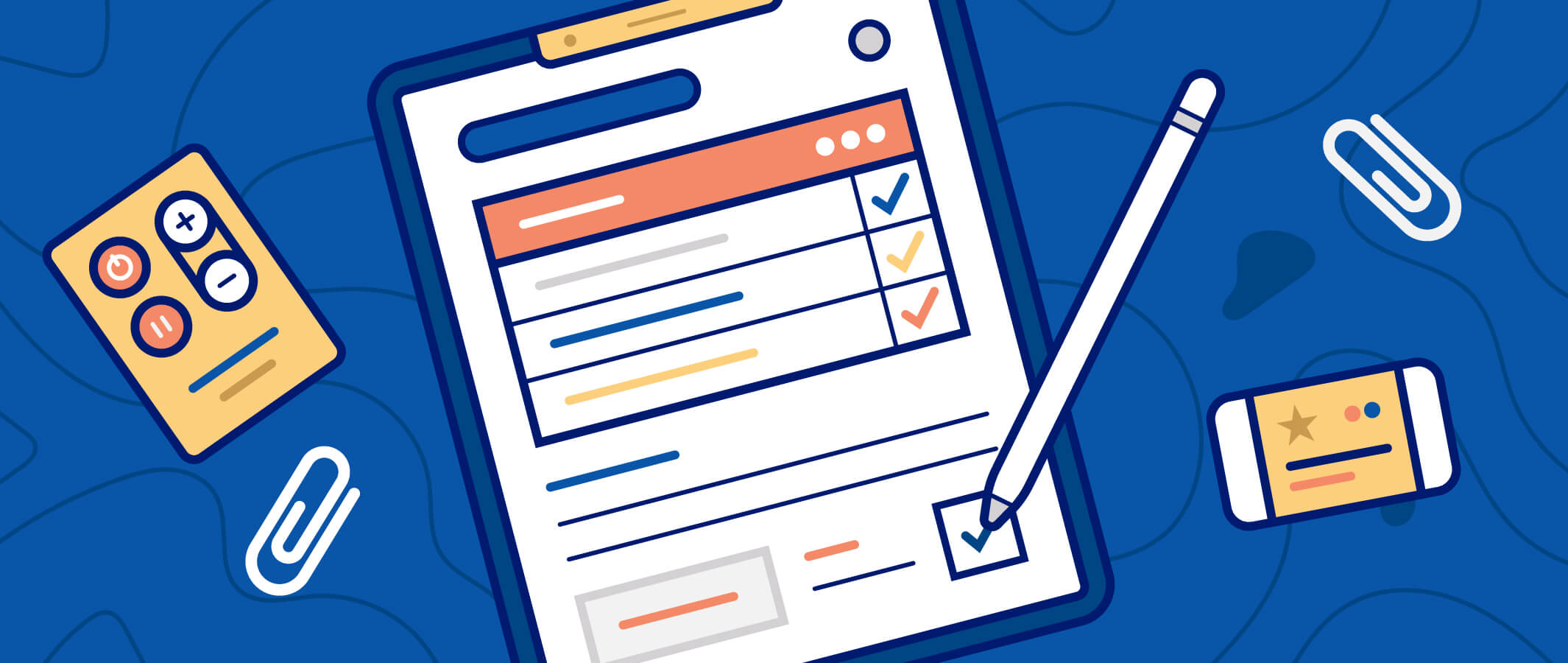Guide to Effective Documentation for Software Engineers
As a software engineer, documenting your work is crucial for effective collaboration and knowledge sharing. Well-structured and comprehensive documentation ensures that your fellow team members, stakeholders, and users can understand and interact with the system you’ve developed.
In this article, we will explore a range of documentation ideas and best practices to help you create high-quality documentation that facilitates seamless collaboration and knowledge transfer.
Table of Contents
- Research and References
- Architecture and Design Documentation
- Installation and Deployment Guides
- API Documentation
- Code Documentation
- Configuration and Customization Details
- Testing and Quality Assurance Documentation
- Troubleshooting and Frequently Asked Questions (FAQs)
- Version Control and Release Notes
- Summary
Research and References
Incorporate a research section into your documentation to provide references to relevant resources, scholarly articles, whitepapers, or official documentation from libraries, frameworks, or technologies used in your system. This section helps users and developers delve deeper into the underlying concepts and gain a comprehensive understanding of the technologies employed.
Architecture and Design Documentation
One of the key aspects of documentation is capturing the high-level architecture and design decisions of the system you’re working on. This documentation provides an overview of the system’s components, their interactions, and the rationale behind the chosen approach. Consider using tools like diagrams, flowcharts, and textual descriptions to illustrate the system’s structure and its functional and non-functional aspects.
Installation and Deployment Guides
Clear and concise instructions for installing and deploying the system are essential for both users and other developers. Include detailed step-by-step guides that cover any dependencies or configurations needed.
Additionally, provide troubleshooting tips and common pitfalls to assist users in overcoming potential obstacles during the installation and deployment process. This documentation helps ensure a smooth and error-free setup of the system.
API Documentation
If your system includes APIs or interfaces, documenting their functionality is crucial for enabling other developers to integrate and interact with your system effectively. Document the API endpoints, their input/output parameters, error handling mechanisms, and usage examples. Consider using API documentation tools like Swagger or Markdown to generate well-structured and interactive documentation.
Code Documentation
Commenting your code is a fundamental practice to facilitate understanding and maintenance. Commenting Showing Intent (CSI), within your codebase, provide comments that explain the purpose of each component, expected inputs/outputs, and any important implementation details.
Use clear and consistent naming conventions to enhance readability. For complex algorithms or data structures, provide inline documentation to outline their functioning and performance characteristics.
Configuration and Customization Details
Describe how to configure and customize the system to meet various requirements or different environments. Document details about configuration files, environment variables, or any other relevant settings. Include examples that showcase common customization scenarios to guide users and developers in adapting the system to their specific needs.
Testing and Quality Assurance Documentation
Documenting your testing strategies, frameworks, and tools is crucial for ensuring the quality and reliability of the system. Explain the types of tests conducted (unit tests, integration tests, performance tests, etc.) and provide guidelines for writing effective tests. Include information about the testing infrastructure, tools, and any specific test data or setups required.
Troubleshooting and Frequently Asked Questions (FAQs)
Create a dedicated section that addresses common issues and provides solutions. Include a list of frequently asked questions, known limitations, and potential workarounds. This section will serve as a valuable resource for both users and developers when troubleshooting problems or seeking answers to common queries.
Version Control and Release Notes
Keeping track of changes made to the system using version control is crucial for maintaining transparency and ensuring a smooth development process. Use version control tools like Git and maintain well-documented commit messages.
Additionally, create release notes for each version, detailing new features, bug fixes, and any potential compatibility issues or breaking changes. This documentation helps users and stakeholders understand the evolution of the system over time.
Summary
Creating effective documentation requires careful planning, attention to detail, and a commitment to keeping the documentation accessible, searchable, and up-to-date. Consider learning in public, creating a blog, or setting up a wiki where others can easily find and contribute to the documentation.
Regularly review and update the documentation as the system evolves. By embracing comprehensive documentation practices, system software engineers can foster collaboration, streamline knowledge sharing, and ensure the long-term success of their projects.
Remember, good documentation is an investment that pays dividends throughout the lifecycle of a system.
